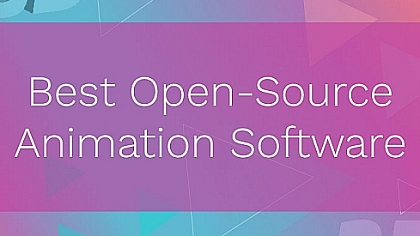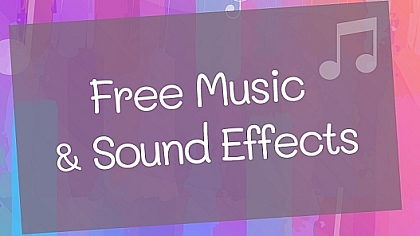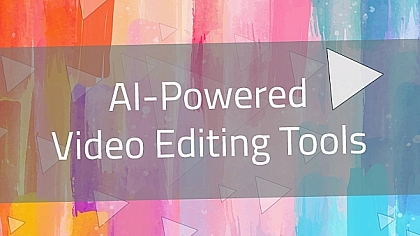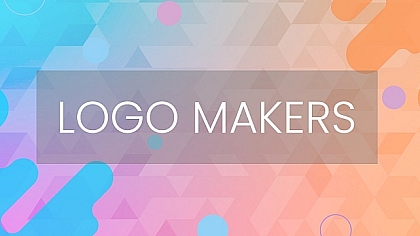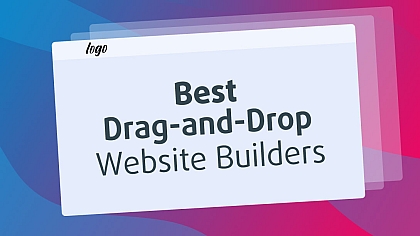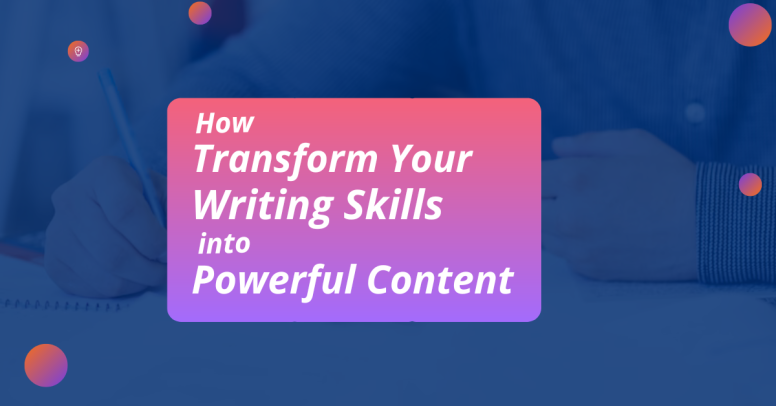
How to Transform Your Writing Skills into Powerful Content
Powerful content refers to writing that is compelling, engaging, and impactful. It is content that captures the reader's attention, keeps them interested, and ultimately inspires them to take action.
In information elimination, having compelling content is crucial for businesses, marketers, and anyone looking to spread their message through some of the most visited blogs. With so much content being produced every day, it's crucial to stand out and create content that resonates with your audience.
How writing skills can be transformed into powerful content
Transforming writing skills into powerful content requires understanding your audience, creating compelling headlines, focusing on the reader, using persuasive language, incorporating storytelling techniques, using data and research, and editing and revising your content.
Identify your Target Audience
To create powerful content, it's important to understand your audience. You need to know their demographics, interests, and pain points. This information will help you tailor your content to their specific needs.
Identifying your audience's needs and interests will help you create content that is relevant to them. You can use tools like surveys, social media and marketing, and analytics to gain insight into what your audience wants.
Once you understand your audience's needs and interests, you can tailor your content to their preferences. This can include using the right tone, style, and format that resonates with them.
Create a Compelling Headline
A compelling headline is crucial for grabbing your reader's attention. It's the first thing they see, and it needs to entice them to keep reading.
Use powerful verbs, make a promise, arouse emotion, and keep it short and sweet to write a compelling headline.
For example, Successful headlines include "The Ultimate Guide to...", "10 Surprising Benefits of...", and "How to...".
Focus on the Reader
Reader-focused content is content that addresses the reader's needs, concerns, and interests. It's essential for creating powerful content that resonates with your audience.
To write reader-focused content, you should use second-person pronouns, ask questions, and provide solutions to their problems.
Examples of reader-focused content include "10 Ways to Save Money on...", "How to Improve Your...", and "What You Need to Know About...".
Use Persuasive Language
Persuasive language is a language that is designed to persuade or influence someone. It's essential for creating powerful content that inspires your readers to take action.
Using persuasive language can help you convince your audience to take action, whether it's to buy a product, sign up for a service, or support a cause.
You should use emotional appeals, offer proof, and address objections when using persuasive language.
Use Storytelling Techniques
Storytelling is a powerful tool for creating content that resonates with your audience. It helps you connect with them on an emotional level and creates a memorable experience.
Use vivid imagery, compelling characters, and a compelling plot in your content to incorporate storytelling.
Examples of successful storytelling in content creation include "The Hero's Journey", "Before and After Stories", and "Customer Success Stories".
Use Data and Research

Using data and research can help you create content that is informative, accurate, and credible. It can also help you connect with your audience on a deeper level by addressing their concerns and providing valuable insights.
To incorporate data and research into your content, you should use reliable sources, present statistics clearly and concisely, and provide context for the data.
Infographics, case studies, and whitepapers are a few examples of content creation that effectively uses data and research.
Edit and Revise
Editing and revising your content is essential for creating powerful content that is error-free, concise, and easy to read. It helps you refine your ideas, clarify your message, and improve the overall quality of your content.
To edit and revise your content effectively, you should take a break before editing, read your content out loud, use editing tools, and get feedback from others.
Tools for editing and revising your content include an article rewriter, spell checker, readability analyzer, and plagiarism checker.
To transform your writing skills into powerful content, you need to understand your audience, create compelling headlines, focus on the reader, use persuasive language, incorporate storytelling techniques, use data and research, and edit and revise your content.
Transforming your writing skills into powerful content requires practice, dedication, and a willingness to learn. By following these tips and techniques, you can create content that engages, inspires, and motivates your audience.
FAQs
Why are editing and revising important in content creation?
Editing and revising are important in content creation because they help you refine your ideas, clarify your message, and improve the overall quality of your content. They also help you catch errors and inconsistencies that could undermine your credibility and authority as a writer.
Can anyone become a powerful content creator?
Yes, anyone can become a powerful content creator with practice, dedication, and a willingness to learn. By following the tips and techniques outlined in this guide, you can develop your writing skills and create content that engages, inspires, and motivates your audience.
How can I continue to improve my writing skills?
To continue to improve your writing skills, you should read widely and regularly, practice writing every day, and seek feedback from others. You can also take courses, attend workshops, and join writing groups to hone your skills and learn from other writers.


